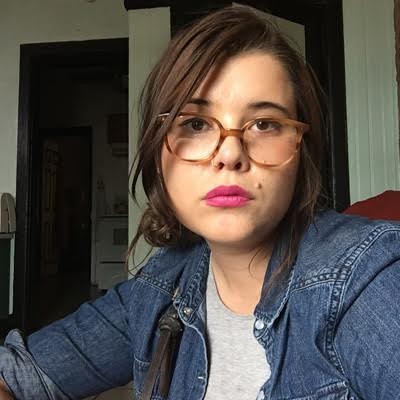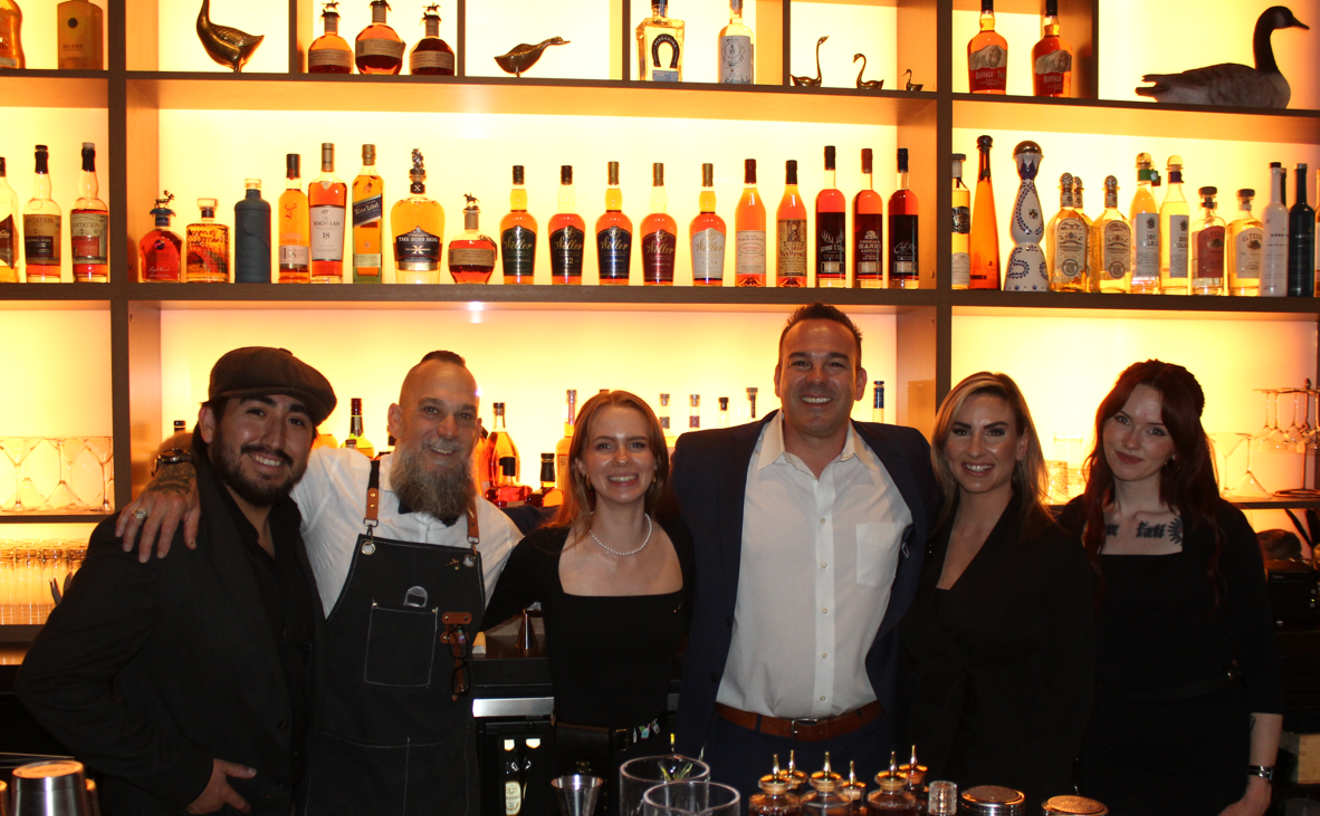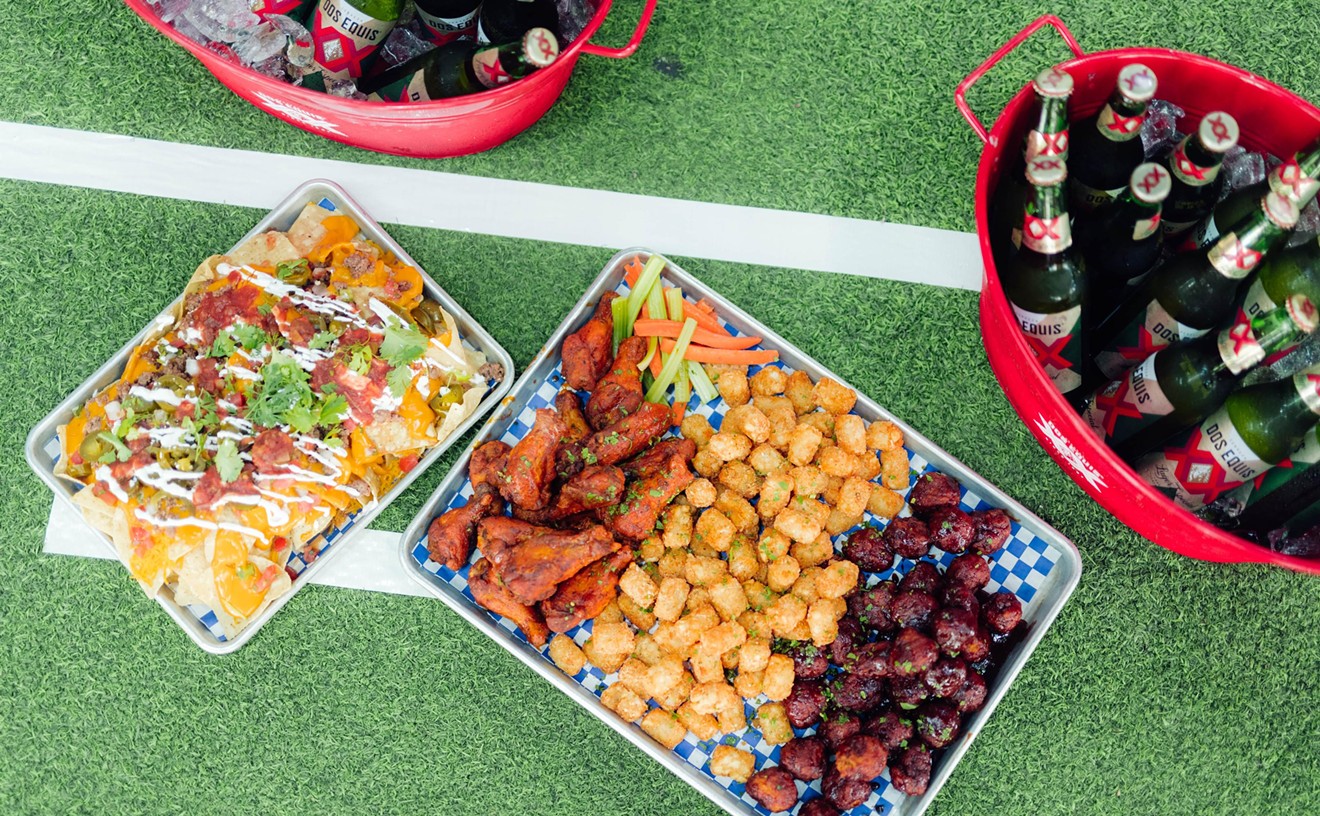The words latte art might evoke an eye roll, but bear with me. Honestly, Perry Czopp, who has won local competitions with his pours, will be the first to admit that he doesn't take it very seriously. Rather, it's a means to get people passionate about their morning cup of coffee, and that's what he's after. His company, The Coffee Chop, specializes in coffee education, catering, and more. To say that he has big ideas for Phoenix's coffee scene would be an understatement.
See Also: A Guide to Locally Roasted Coffee Beans in Metro Phoenix
Fresh back from a trip to San Fransisco, Perry Czopp is looking at Phoenix's coffee culture in a new light. He says the Valley has all of the fundamentals, from a good base of local roasters to passionate baristas, and now he says it just needs an educational nudge--from roaster to barista to consumer.
While out of town, he noticed that, unprovoked, baristas would explain every element of a drink they were making, including the bean's origin, the roast type and date, and even the exact gram measurement of the espresso grind that would be brewed. That level of knowledge not only shows a barista's know-how, but also makes the consumer more discerning about the product they're getting.
"I'm on a mission to make Phoenix a destination," he says. "I'm here for education."
Czopp started, as so many others, at a Starbucks after his mother told him he could "meet cute girls" working at a coffee shop. While he might've done that, he says he hated the job. It wasn't until after some time in college and joining on the newly-opened Urban Beans that he found a love for coffee. Having been promoted to manager three months after getting the job, Czopp knew it was time to start getting some serious knowledge about coffee under his belt.
"It got to the point where I would just be hanging out at roasters on all my days off," Czopp says. "Everyone was so nice and willing to teach me."
Now as a roaster at Coffee Reserve (where he roasts 2,000 pounds of coffee every day) and the owner of The Coffee Chop, he hopes to pass some of what he learned along. According to him, two of the main avenues for consumers to educate themselves is brewing at home and going to multi-roaster cafes.
While boutique roasters have their place, Czopp says the experience of one coffee house using multiple roasters' beans can help show customers what they like in a more expanded scope. He also think brewing your on coffee at home will help raise the bar for baristas, since consumers will then know what their pour over (or whatever they order) is actually supposed to taste like.
"Everyone should buy an Aeropress for their home," he says. "It's $25 and it takes about two minutes to brew and then you'd know if the coffee you're getting at a café is on point."
However, Czopp definitely sees the merit of ambiance and social interaction at coffee shops. While he thinks choosing a coffee shop to go to is as much a matter of mood as it is the coffee they serve in Phoenix, he says there are a few tell-tale signs of a great coffee house.
As someone who owns an espresso machine at home, Czopp says to look to the café's espresso machine first of all. If it's clean and looks high-tech, that's a good place to start.
"If the espresso machine kind of looks like a UFO, you're probably in good hands," Czopp says.
While he says you can make beautiful latte art with bad tasting espresso, he also feels that the effort put into making the art is another sign of care and good coffee. He sees latte art as a way to draw people into the coffee world and get them excited about it, which is the ultimate goal for a guy looking to refine Phoenix's coffee scene and make sure it's on the map.
"Latte art is important because it gets people into coffee," he explains. "There's this subconscious feeling that some skill went into the drink you're drinking."
Czopp has organized his fair share of latte art competitions in this town. He sees the events as a means for local baristas to build a community and mingle. He also says it gives spectators a unique opportunity to interact with their coffee in a new way. After winning the most recent latte art competition thrown by Press Coffee and Cartel in May, he's ready for the big leagues, though he knows it won't be easy.
"Anybody else could've smoked me at their own bar, but it's hard in competition," he says. "Your hands get shaky and you have a hard time breathing. You can't let the nerves get to you."
He's now focused on honing his barista skills, from seed-to-cup process to tasting to, of course, latte art, so he can represent Phoenix at a Specialty Coffee Association of America expo next year, though he knows competing in the Western regionals against Portland, Seattle, L.A., San Fransisco, and Hawaii (a place where coffee is actually grown) will be a challenge in itself. If you're looking to hone in your latte art craft too, he's willing to teach you, and here's some quick tips:
Tips for Great Latte Art:
- The perfect steam on milk shouldn't be too hot or too foamy. Rather, if the frothing pitcher is too hot to touch, it's too hot to drink. The consistency should be something like wet paint with near-invisible nano-bubbles.
- When pulling your espresso, time and exact weight matter. After four attempts at latte art, Czopp meticulously dialed in the espresso grinder to ensure he was getting good color and crema from his pull, resulting in several dead cappucinos on the bar, graciously provided by Sip Coffee in Scottsdale.
- Pour the milk directly in the center of your cup and start high. Make sure to keep the flow constant.
- Once the cup is halfway full, move in towards the cup as close as you can get without breaking the drink's surface.
- This part takes some practice and largely seems to be a matter of muscle memory, but once you see a white "halo" form on the drink's surface, wiggle the frothing pitcher until you see a design begin to form.
- Finish your pour by raising the pitcher up and making a final swipe across the top of your design.
- Practice.











